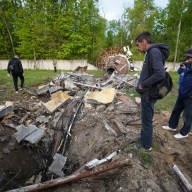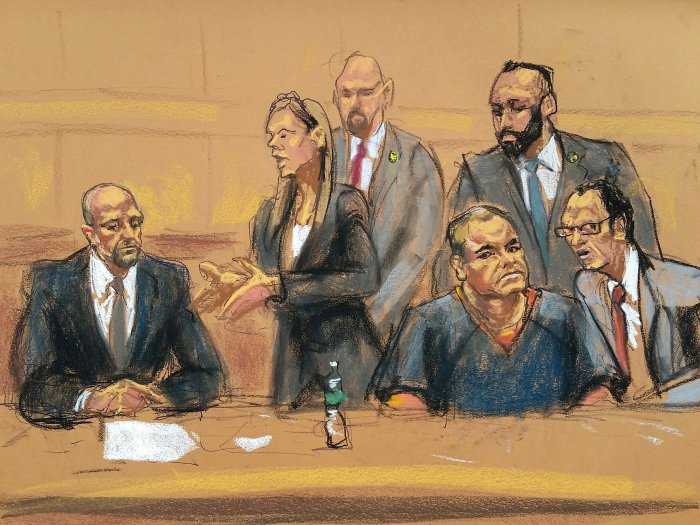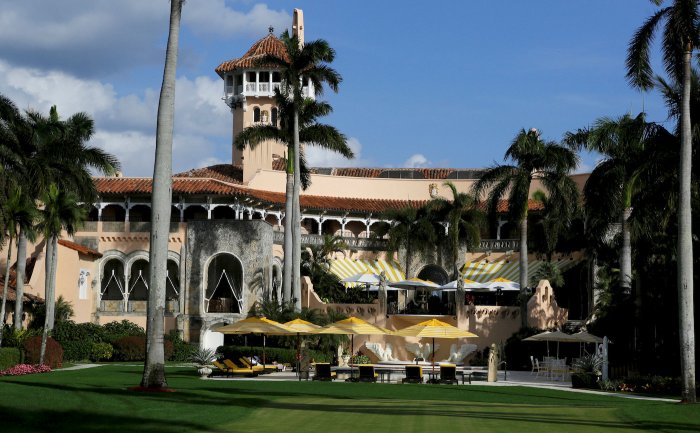By P.J. Huffstutter
CHICAGO (Reuters) – Tornadoes and severe thunderstorms tore across northern Illinois on Thursday as part of a weather system forecast to threaten a swath from the Mississippi River to Ohio.
Authorities have received five reports of tornadoes in the area west of Chicago, though it was unknown if the reported twisters were individual or the same storm, a National Weather Service spokesman said. Heavy rains and winds approaching 60 mph (96 kph) accompanied the storm front as it swept into Chicago, he said.
Authorities had no initial reports of damage from the tornadoes, which were sighted in an area of farmland and small towns.
“So far we’ve been pretty lucky. Most of the damage has been cause by flooding right now,” said Lee County, Illinois, Sheriff John Simonton.
There also were three brief touchdowns of tornadoes in western Illinois, said Tim Gross, a meteorologist for the weather service in Davenport, Iowa.
Much of the region was under flash flood, thunderstorm and tornado warnings.
The tornadoes came after thunderstorms moved over parts of South Dakota, Missouri, Iowa and Illinois, bringing bursts of heavy rainfall totaling more than 2 inches (5 cm) per hour.
Early on Wednesday, windy conditions were seen in parts of southern Iowa and Northern Missouri, meteorologists said. Winds gusted up to 66 mph (106 kph) around Muscatine, Iowa.
The storm system could bring heavy rain across parts of Illinois, northern Indiana and northern Ohio overnight and into early Thursday, forecasters said.
There was the possibility of the system becoming a derecho event, or a long-lasting thunderstorm that moves very quickly and contains fierce, straight-line winds. Such winds can be stronger than a weak tornado, and reach up to 100 mph (160 kph). Such winds could harm crops, but farms were generally expected to benefit from rains.
Rain in the Ohio Valley will provide much-needed relief from short-term dryness for corn and soybeans planted this spring, according to the U.S. Department of Agriculture.
(Additional reporting by Justin Madden and Tom Polansek in Chicago; Editing by G Crosse and Michael Perry)


















